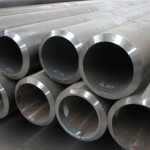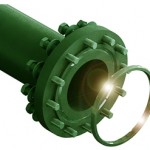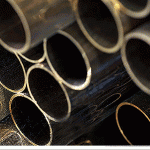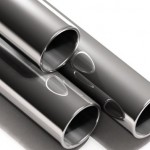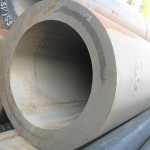Ultra-high carbon steel
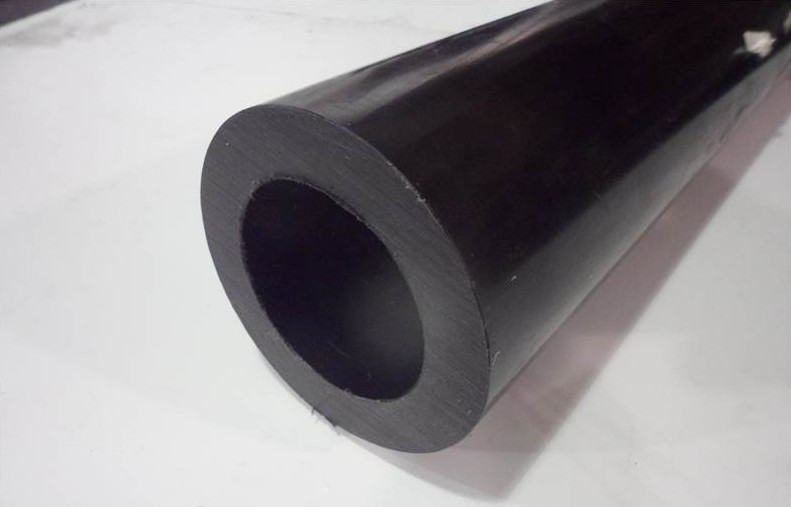
Ultra-high carbon steel contains between 1 and 2 percent carbon. These steels are thermomechanically processed to produce microstructures that consist of ultrafine, equiaxed grains of spherical, discontinuous proeutectoid carbide particles. Higher carbon steels are used for special applications such as non-industrial knives or axles.
Typically, ultra-high carbon steels are tempered to extreme hardness and are often made using a process called powder metallurgy. This process is the compacting of metal powder, which is then placed in an oven where it is sintered at high temperatures.
The metals then form a solid. Steels that contain a carbon content above 2 percent are classified as cast iron.
Medium-carbon ultrahigh-strength steels are structural steels with yield strengths that can exceed 1380 MPa. Many of these steels are covered by SAE/AISI designations or are proprietary compositions. Product forms include billet, bar, rod, forgings, sheet, tubing, and welding wire.



